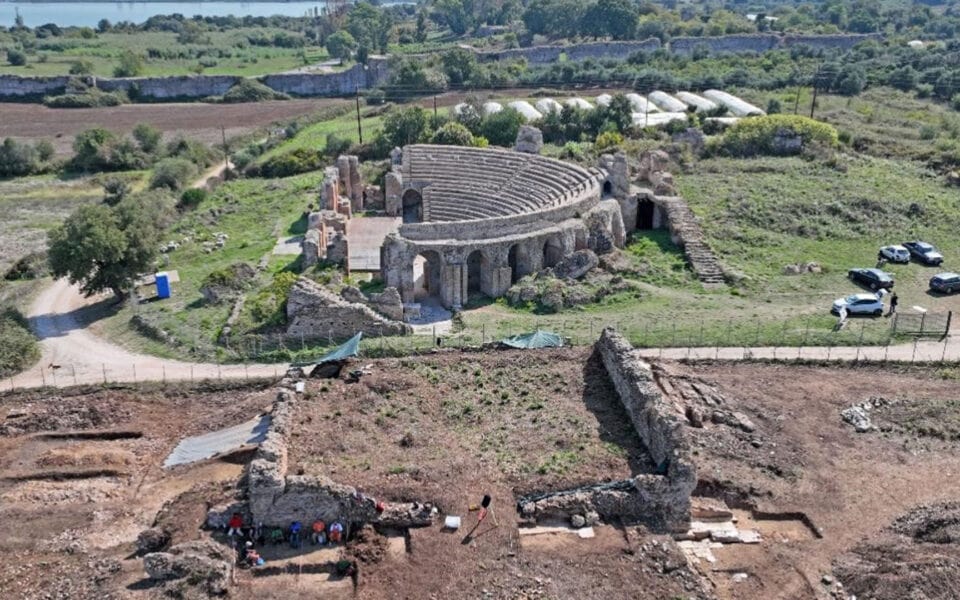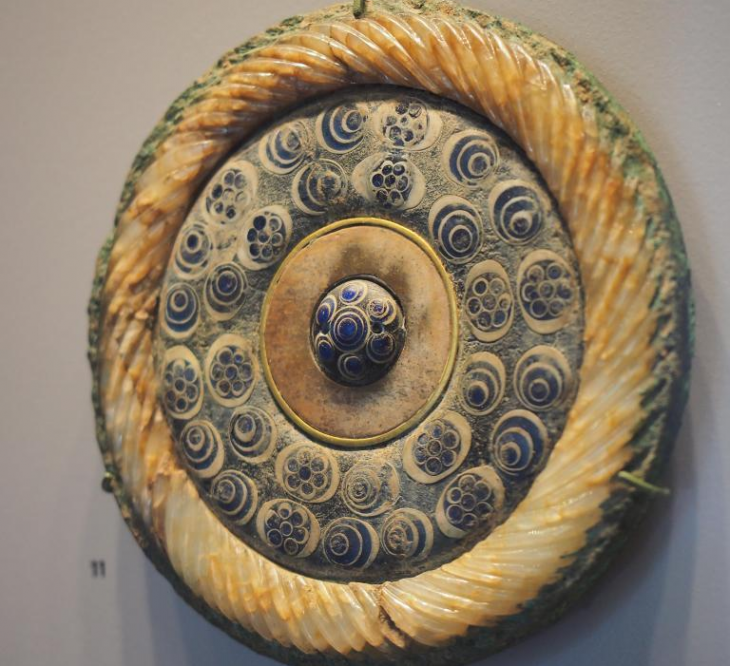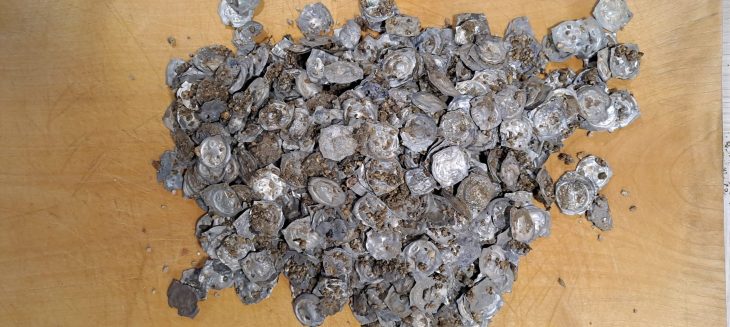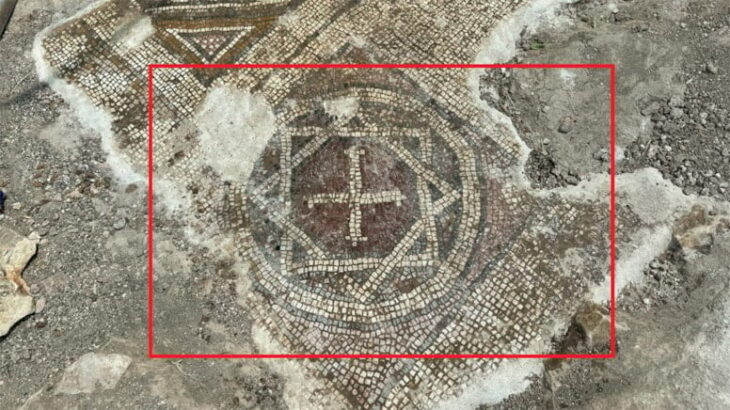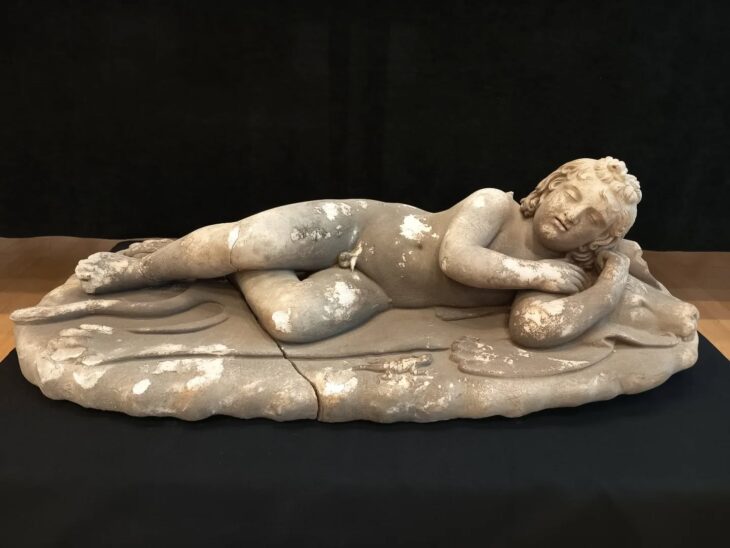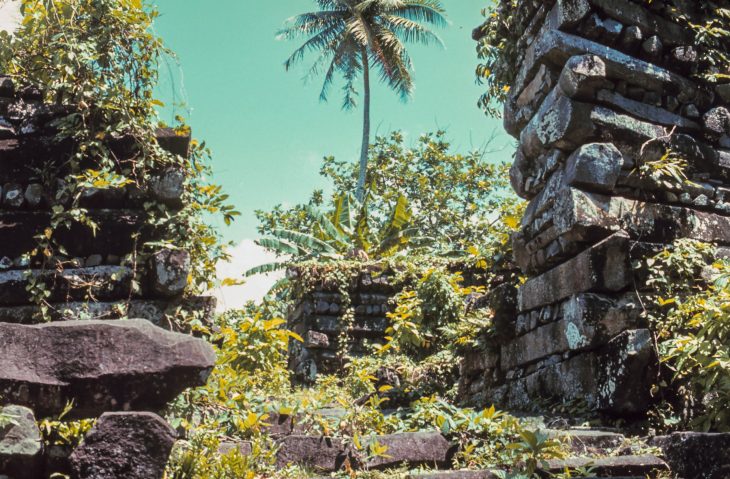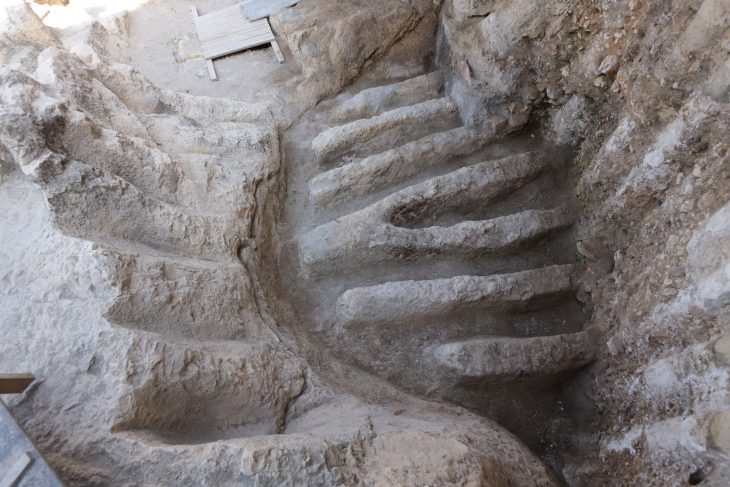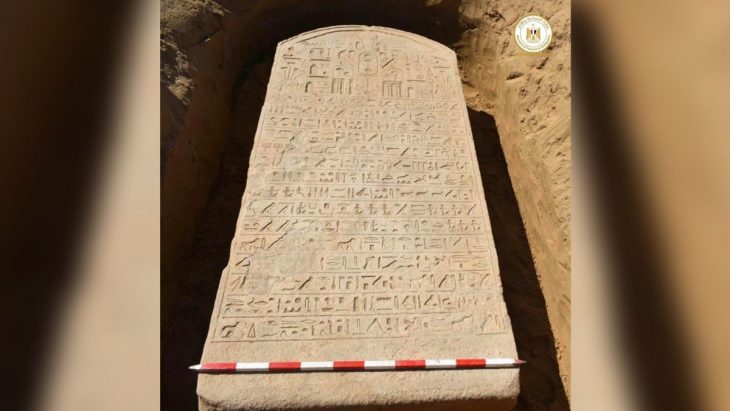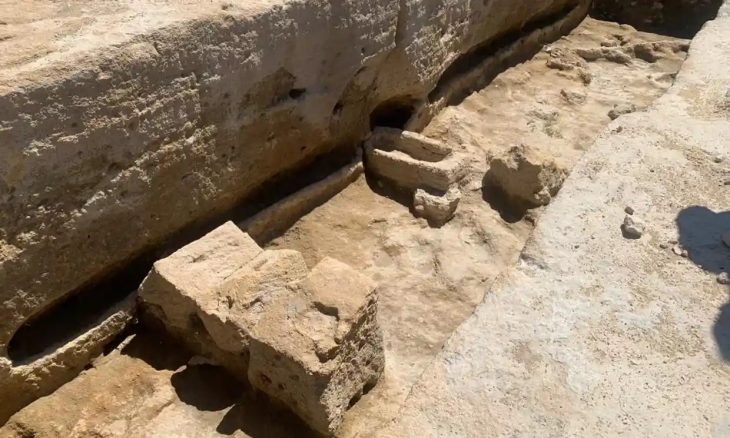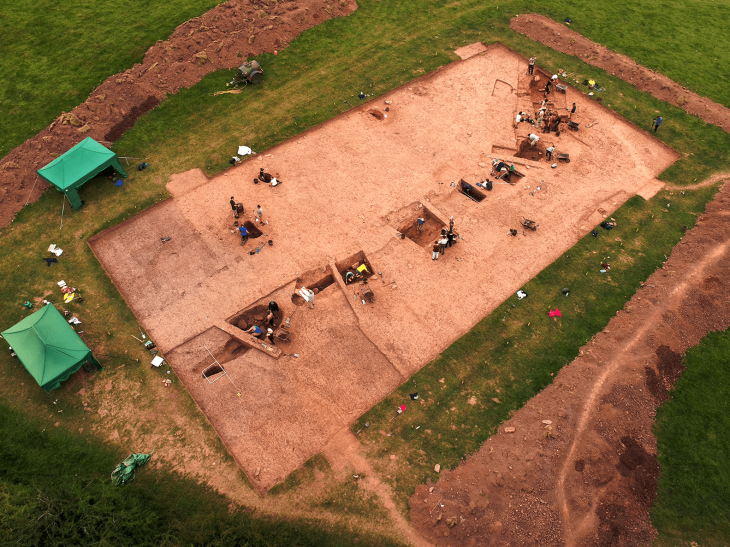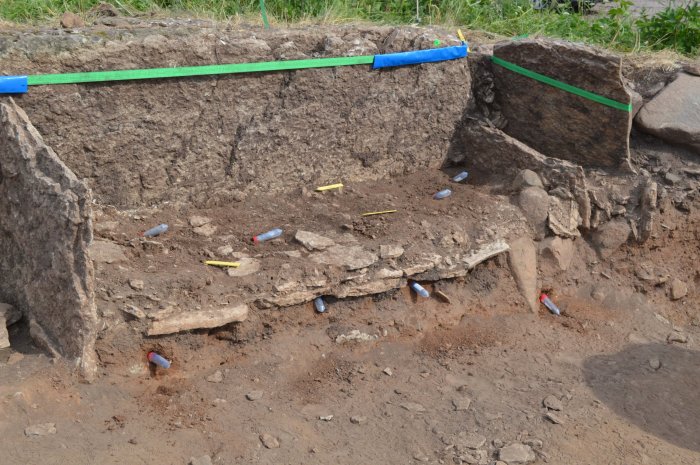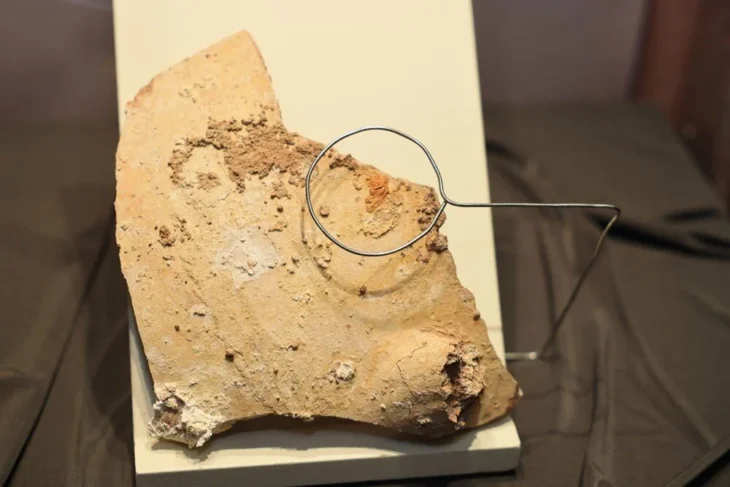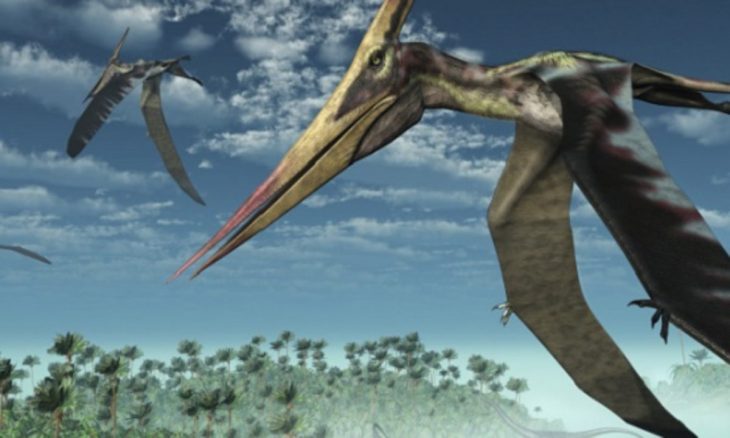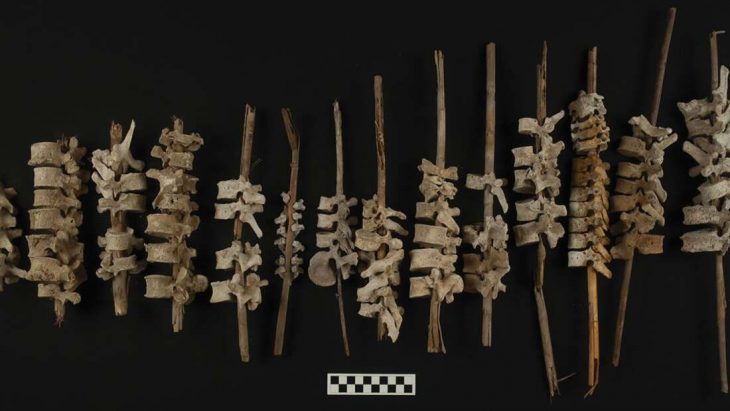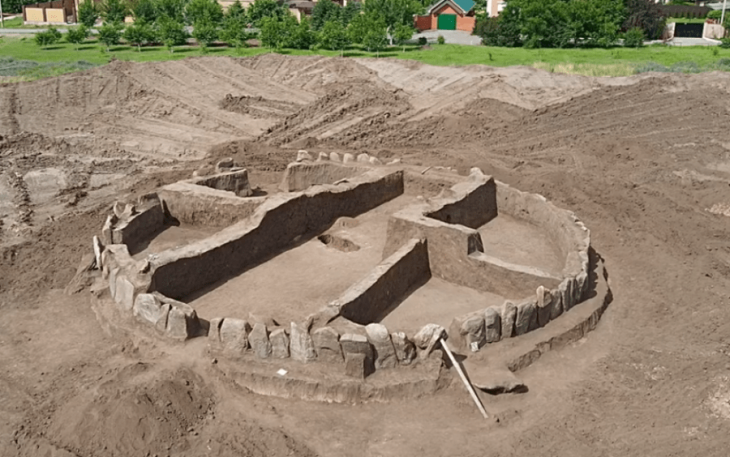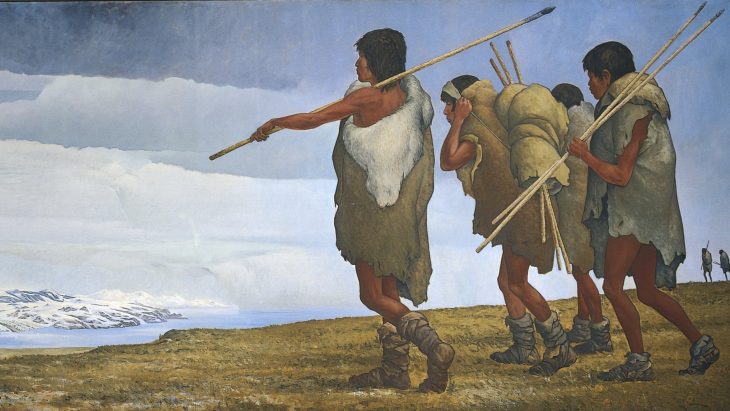The Greek Ministry of Culture declared that fresh discoveries had been made during archaeological excavations at the ancient Nikopolis Agora in the northern Greek region of Epirus. Recent excavations in the ancient city of Nikopolis have uncovered the building of the Sebasteion (“temple of the emperors”) in the agora, the square that constituted the town’s urban center.
Nicopolis, which literally means “City of Victory” was founded to commemorate the Roman victory in the Battle of Actium (31 BC). Watching the battle from his camp on a hill overlooking the valley, where he would later build his victory monument, was Octavian, who became emperor of Rome a few years later, in 27 BC, and was given the honorific name Augustus. His opponents were Mark Anthony, his main political rival for control of Rome, and Cleopatra VII, the last queen of Egypt. Augustus founded Nicopolis and made it the capital of the region.
According to the ministry, the new findings will provide archaeologists with a better understanding of Roman architecture and city planning. The five-year program includes an archaeological investigation of several buildings whose remains are directly related to and delineate the Agora, as well as a study of the Agora area, which stretches to the west of the Roman Odeon.
Archaeologists excavated exterior spaces as well as the interior of buildings. Most of their 2023 excavation work was concentrated on a square building west of the auditorium.
Among other findings, the archaeologists discovered a section of tiled floor, believed to be part of the square of the Agora, as well as a marble plaque honoring the Roman emperors, with its whole text intact. They also found another marble plaque, which however was only partially preserved.
📣 Our WhatsApp channel is now LIVE! Stay up-to-date with the latest news and updates, just click here to follow us on WhatsApp and never miss a thing!!
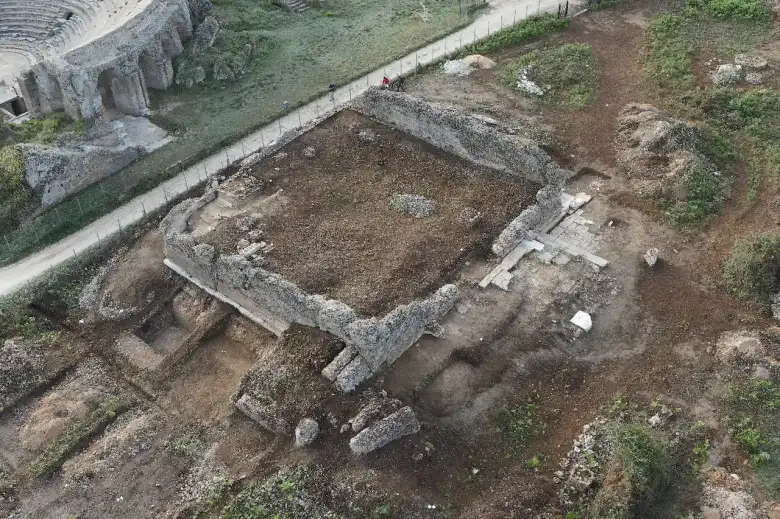
The first fragment comes from a marble wall inscription, probably from the 2nd century, whose preserved text mentions an unidentified emperor. The second inscribed marble plaque, found embedded in the second phase floor inside the building, preserves its entire text. It is a votive inscription in honor of the emperors (θεοῖς σεβαστοῖς), dedicated on the initiative of a local official (χωράρχης), after the personal funding (εκ των ιδίων) of some unspecified act of benevolence.
At least two previously unknown annexes were discovered west and east of the main building. Finally, it was observed that this building is situated along the edge of a natural embankment. This observation is especially significant because it suggests a two-level structure for the Agora space, similar to known examples from the imperial era of markets with an “upper market” and a “lower market”.
The investigation of the structure itself yielded just as many discoveries. The only way inside the structure was initially revealed to be a massive propylon five steps to the west. Though fragmented, its monumental nature and the caliber of its construction are fully comprehended.
The amount and diversity of architectural elements and sculptures discovered during the works suggests that the exterior facades of the building had particularly impressive architectural decoration as well. Rich orthogonal marbles were used to adorn the exterior facades, with multicolored marble slabs covering some areas.
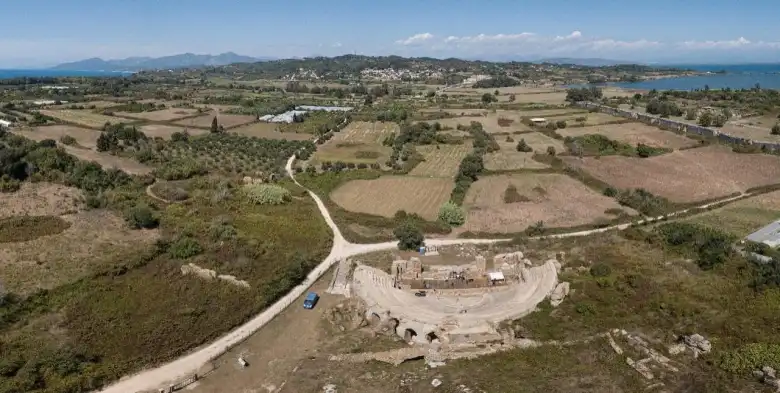
The excavated section is in excellent preservation and features geometric decorative motifs with black and white tesserae. Unexpectedly, a second floor sealed by a significant artificial fill made of repurposed architectural elements and pieces of marble slab was found over the mosaic pavement.
The floors that are superimposed verify that there were actually two major construction phases: the first was concerned with the mosaic, and the second was with the construction of the elevated second floor. Particular discoveries and numismatic information suggest that the two periods are from the imperial period, which spans the second and fourth centuries AD.
In conclusion, the sum of the information obtained from the observations on the architecture of the building, the individual movable finds as well as the inscriptional and numismatic evidence, allow us to restore the building as one of the central public buildings of the Agora, which had a long life and operation during the imperial period. Its exact function cannot yet be precisely determined, we are likely dealing with a space dedicated to imperial worship, the Sebasteion (the “temple of the emperors”) of the city.
Cover Photo: Greek Ministry of Culture

